The Art and Technique of Grilling Egyptian Kofta
11 min read Discover expert tips and techniques for perfectly grilling authentic Egyptian Kofta, blending tradition with mastering the art of flavorful skewers. June 29, 2025 18:05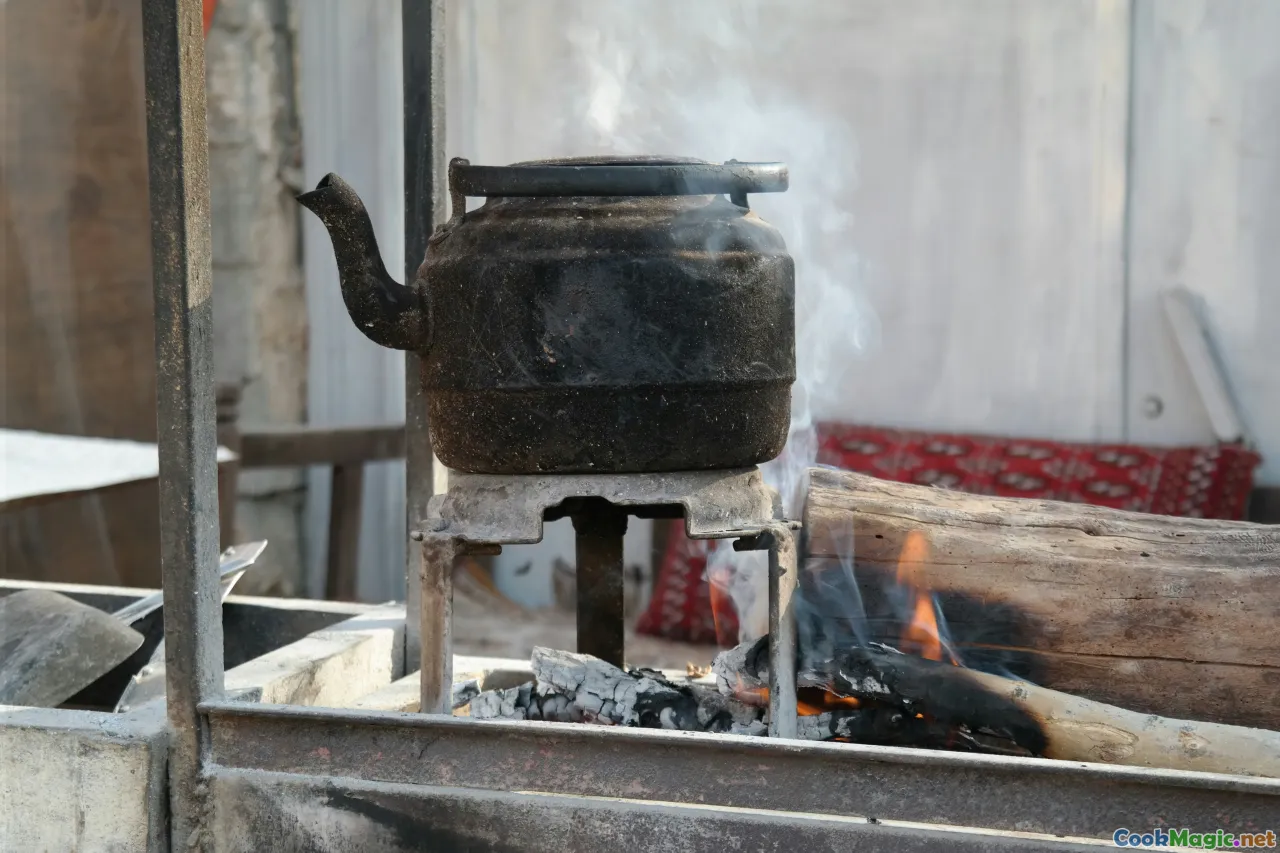
The Art and Technique of Grilling Egyptian Kofta
The aroma wafts through the narrow streets of Cairo, mingling with the dusty breeze of an Egyptian evening—a tantalizing reminder of the country’s rich culinary tapestry. Among the many treasures that Egypt offers, its kofta stands out as a quintessential comfort food, an embodiment of tradition, flavor, and communal joy. Grilling Egyptian kofta isn’t merely about cooking meat on a fire; it’s an art form, a ritual passed down through generations, infused with stories, culture, and passionate craftsmanship. In this exploration, we’ll delve into the nuances of preparing and grilling authentic Egyptian kofta, illuminating tips, secrets, and personal insights that bring this dish vividly to life.
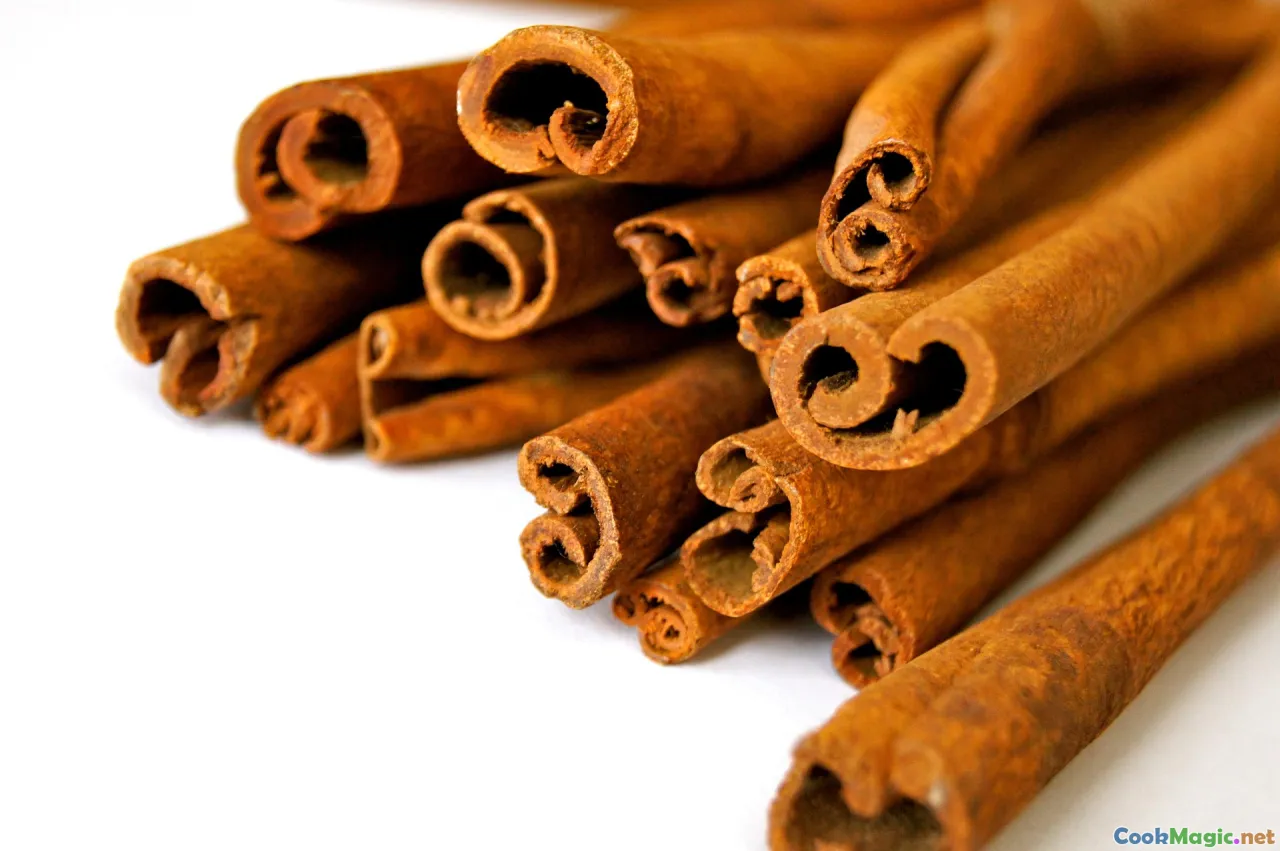
The Roots and Cultural Significance of Egyptian Kofta
Egyptian kofta holds a cherished place in family gatherings, festive occasions, and street-food markets (souks). Unlike other Middle Eastern variations, Egyptian kofta often features a subtly spiced, juicy mixture of beef or lamb, seasoned with a harmonious blend of cumin, cinnamon, allspice, and fresh herbs. For Egyptians, making kofta isn’t merely a culinary task—it’s a communal act that binds communities, a ritual of sharing culinary heritage.
From the bustling Khan El Khalili market in Cairo to humble village kitchens along the Nile, the tradition of grilling kofta is rooted in history. Interestingly, some accounts trace Egyptian spices used in kofta back to trade routes crossing Africa, Asia, and the Mediterranean, symbolizing Egypt’s historical role as a cultural crossroads.
Personal insight: Growing up in Alexandria, I remember the smell of chargrilled kofta sizzling in street vendors’ carts, mingling with the salty sea breeze—the intersection of land and sea reflected in every flavorful bite.

The Essential Ingredients and Their Roles
Creating authentic Egyptian kofta begins with selecting the right ingredients. Quality meat forms the backbone: lean beef, lamb, or a mix of both provide tenderness and richness. The key is to finely grind the meat until it achieves a smooth yet slightly fibrous texture, ensuring that each bite remains juicy.
Spices are fundamental. Cumin offers an earthy warmth, while cinnamon gives a subtle sweetness that lifts the flavor profile. Allspice and black pepper add depth and complexity. Fresh herbs—parsley, cilantro, mint—bring freshness and vibrant color.
Onions and garlic are minced finely, uniting the flavors with their aromatic qualities. Optional additions include grated bell peppers or a splash of vinegar for slight tang. Incorporating bread crumbs or soaked bulgur can help bind the mixture, rendering the kofta tender and easy to handle.
Example Ingredient Blend for Authenticity:
- 500g lean beef or lamb
- ¼ cup finely chopped parsley
- 2 cloves garlic, minced
- 1 small onion, grated
- 1 teaspoon ground cumin
- ½ teaspoon ground cinnamon
- ½ teaspoon allspice
- Salt and black pepper to taste
- Optional: ¼ cup soaked and squeezed breadcrumbs or bulgur
Personal tip: Always let your mixture rest for at least 30 minutes after mixing; this helps the flavors meld and makes the kofta easier to shape.
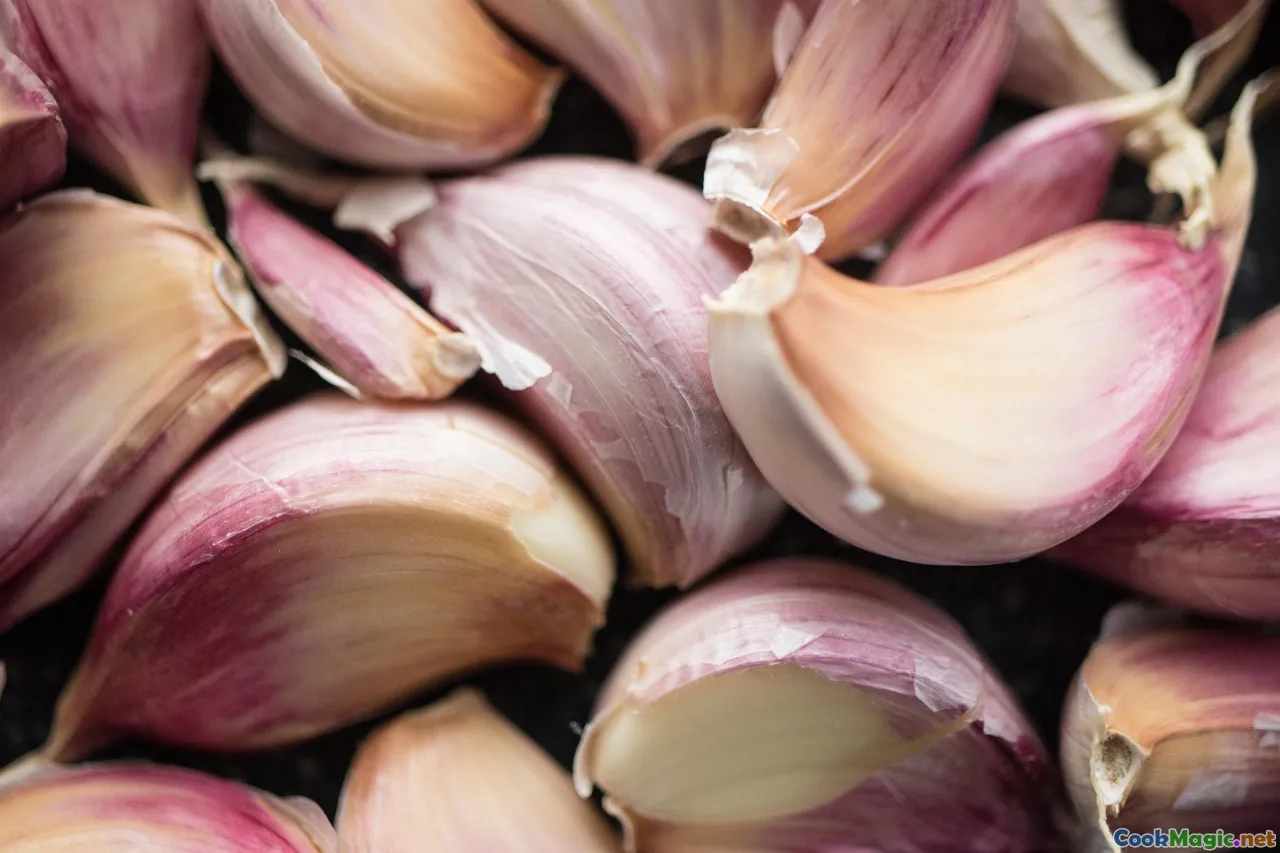
The Technique of Shaping: From Hand to Skewer
Shaping kofta is almost meditative—a tactile connection to the dish. Traditionally, Egyptians shape their kofta onto metal skewers, often making long, sausage-like forms. Using just your hands, flatten a portion of the meat mixture into an elongated shape, then mold it around the skewer, pressing gently to ensure it adheres.
Some cooks prefer to shape large, flat patties, especially for grilling on a broader surface, while others integrate minced garlic or onions directly into the mixture for bursts of flavor in every bite.
The key lies in handling the mixture minimally to keep it tender. Wetting your hands before shaping can prevent sticking. When possible, marinate the shaped kofta briefly in lemon juice or a dash of vinegar—this tenderizes the meat and brightens flavors.
Expert insight: In Mediterranean markets, vendors often keep their skewers ultrahot—preheated in the charcoal—so the kofta sears immediately, sealing in juices and creating the signature crust.
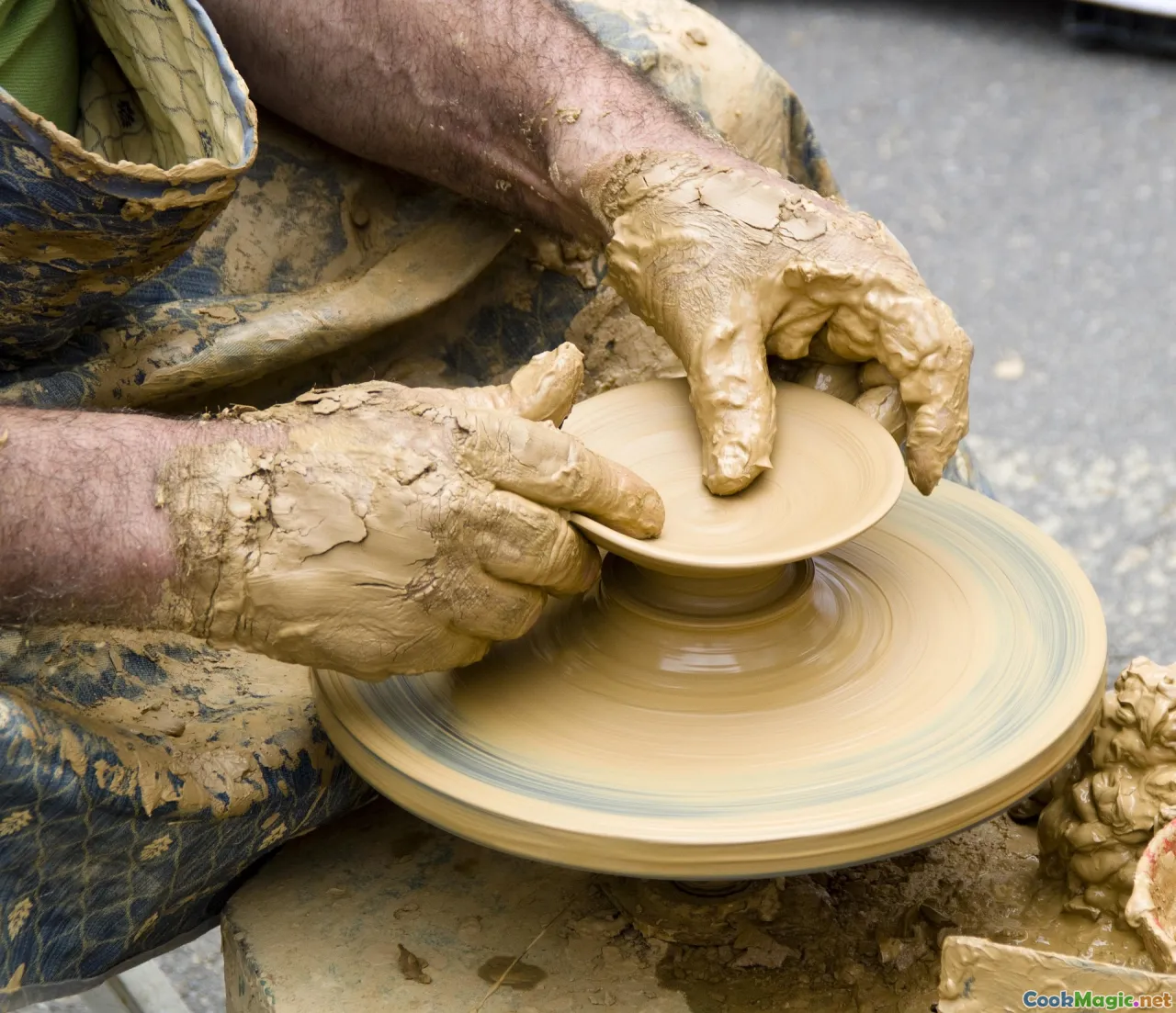
Fire and Flavor: The Perfect Grill for Egyptian Kofta
Grilling is where the magic truly happens. Authentic Egyptian kofta is traditionally cooked over a charcoal pit—a method that imparts a smoky depth impossible to replicate with gas alone. The charcoal embers provide a radiant, even heat, creating a slight char that enhances sweetness and gives the kofta that coveted crispy exterior.
If you’re using a gas or electric grill, select the highest heat setting and ensure your grill grates are clean and oiled. For broiling indoors, preheat to maximum, and elevate the rack to ensure good airflow.
Tips for Exemplary Grilling:
- Preheat the grill thoroughly to prevent sticking.
- Maintain consistent heat; avoid flare-ups that can burn the exterior.
- Use long-handled tongs for turning, avoiding pierced meat which causes juices to escape.
- Don’t overly handle the kofta once on the grill—allowing a proper crust to form.
- For extra flavor, baste with a mixture of olive oil and lemon juice during grilling.
Personal anecdote: During a trip to the Maadi neighborhood in Cairo, I watched local vendors tending to steel skewers over glowing charcoal, flipping kofta with practiced ease—each turn unveiling a caramelized exterior and juicy interior.

Serving and Enhancing Your Egyptian Kofta Experience
To serve traditional Egyptian kofta, pair it with fluffy baladi bread, sliced fresh vegetables (tomatoes, cucumbers, onions), and aromatic pickles. A side of tahini sauce or a simple side of yogurt-based dip complements the spiced meat beautifully.
In Egypt, kofta often graces tables with rice pilafs, roasted vegetables, or even wrapped in flatbread garnished with lettuce and herbs—a handheld feast.
Personal touch: For a burst of freshness, sprinkle chopped mint and lemon juice over the grilled kofta just before serving. The acidity cuts through the richness and balances the spices.
Making Your Experience Memorable
Practicing the art of Egyptian kofta involves patience, love, and a dash of intuition. Each grill session is an opportunity to refine techniques, adjust spice levels, and explore different meats or herbs. Remember, the beauty of traditional dishes like kofta lies in their versatility and the personal touches you bring.
Visit local Egyptian markets, seek out authentic spice blends, and pay close attention to the subtle differences in meat cuts and grilling methods. Each element contributes to a final dish that not only satisfies hunger but also connects you to centuries of Egyptian culinary history.
And ultimately, sharing your perfectly grilled kofta with friends and family transforms a simple meal into a soulful experience—an homage to the rich tapestry of Egyptian cuisine.
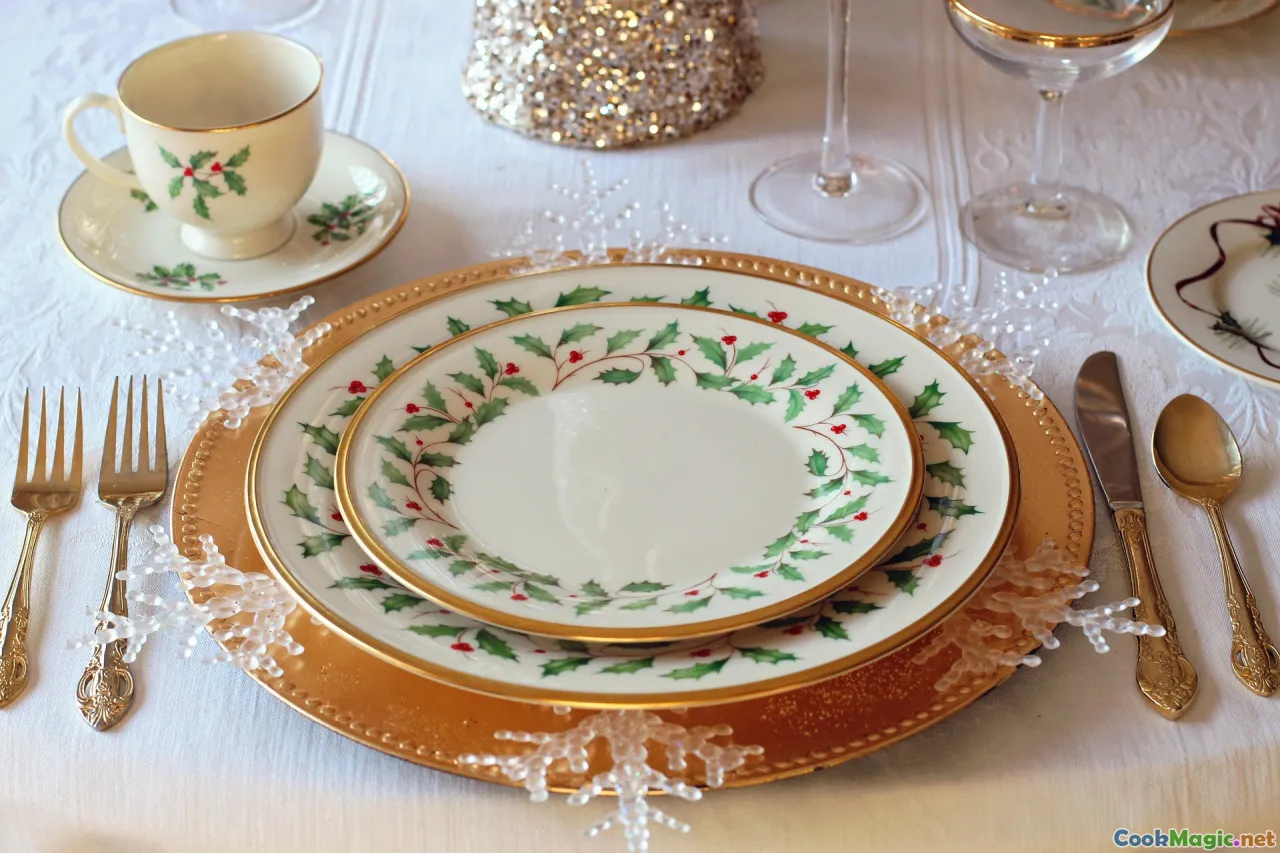
The next time you fire up your grill, remember—your preparation, patience, and respect for tradition will turn a straightforward recipe into a genuine celebration of Egyptian culinary artistry. Happy grilling!"









